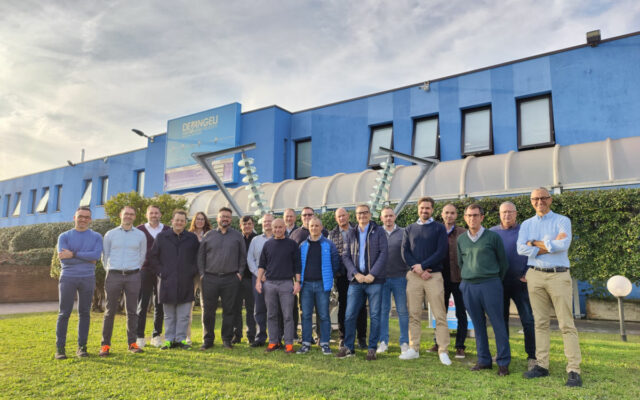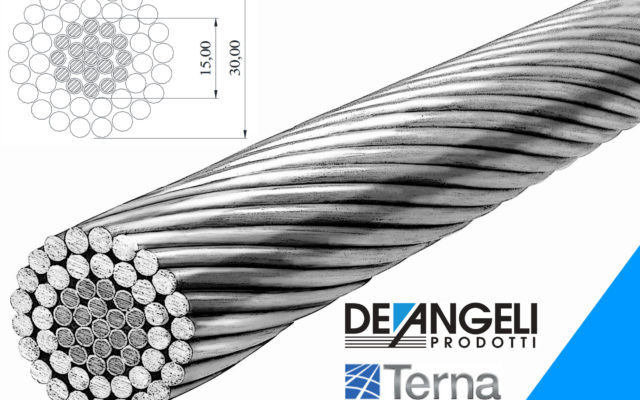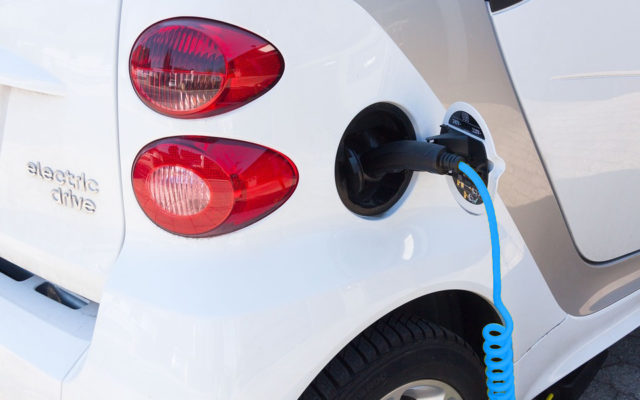Let's explore the causes and consequences of climate change, highlighting the European Union's strategies and the importance of energy transition and electric mobility in combating it.
Despite climate change being one of the most current issues in today’s society, there are still those who deny it and those who exploit it for votes and/or economic advantages for their own ends. Yet, this is one of the most urgent problems facing humanity due to its devastating impact on the environment, which inevitably reflects on both society and the economy. We are primarily responsible for climate change: the use of fossil fuels, deforestation, intensive livestock farming, and more generally all activities that increase the concentrations of greenhouse gases in the atmosphere have caused a real environmental collapse. In this article, we will address the causes of climate change and strategies to combat it, but above all, we will explain why the energy transition and electric mobility are key to its mitigation, with a particular focus on the policies of the European Union (EU).
Summary:
- 1. The causes of climate change
- 2. Strategies to combat climate change
- 3. The energy transition
- 4. Conclusions
1. The causes of climate change
The causes of climate change are primarily attributable to humans, particularly those in more developed areas. It is not reasonable to consider the inhabitants of the poorer regions of the world equally responsible.
When discussing the causes of climate change, the blame is often placed entirely on human activity. However, the planet itself also contributes to its own devastation, albeit to a much lesser extent. Nevertheless, it is worth questioning whether the adverse events that have occurred in recent years are themselves consequences of climate change.
We can think, for example, of the ENSO cycle, an interaction between ocean waters and the atmosphere formed by two phenomena: El Niño and La Niña. Simplifying, El Niño is the increase in water temperature by 1-3 °C, while La Niña is its cooling by the same value. These phenomena occur seemingly randomly between December and February, and there are neutral periods between them, with temperatures aligned with what is expected for that season. For those not in the field, a 3°C increase in water temperature may seem almost insignificant, but it actually has a huge impact on the precipitation of countries bordering the oceans, particularly the Pacific Ocean, to the extent that the effects are also felt in Europe, albeit to a limited extent. In any case, when it comes to climate change, it has no nation: we are all inhabitants of planet Earth, and if the planet goes down, we all go down regardless of our geographical location.
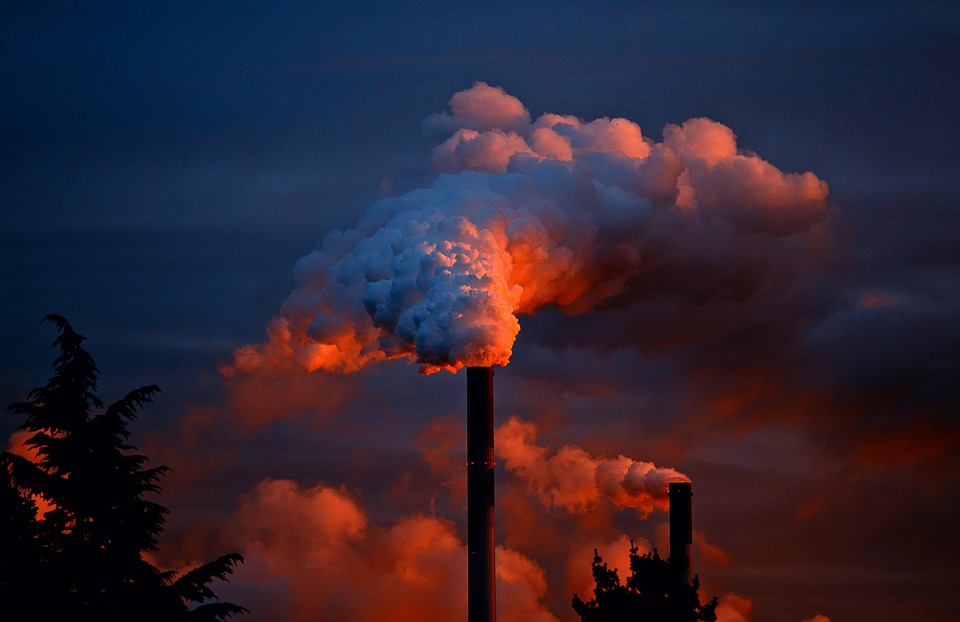
1.1 Greenhouse gas emissions
Greenhouse gases (GHG) are the main cause of climate change because they trap heat in the atmosphere, leading to an increase in temperature. These gases are emitted in the form of:
- Carbon dioxide (CO2): Energy production from the use of fossil fuels (coal, oil, natural gas) for heating, transportation, and industries generates an amount of carbon dioxide that exceeds what the planet can manage. This is exacerbated by deforestation, as trees are crucial for absorbing CO2.
- Methane (CH4): Agricultural activities, landfills, and fossil fuel extraction produce a significant amount of methane, which moreover has a warming potential greater than that of CO2.
- Nitrous oxide (N2O): Agricultural activities (e.g., the use of nitrogen fertilizers) and certain industrial processes emit this potent greenhouse gas.
- Fluorinated gases (hydrofluorocarbons, perfluorocarbons, sulfur hexafluoride, nitrogen trifluoride): Industrial activities (such as refrigeration systems, semiconductor manufacturing, electrical insulation, flat panel production, etc.) emit these greenhouse gases in low volumes but with very high impact, due to their long atmospheric lifetimes.
2. Strategies to combat climate change
Given that climate change is a complex phenomenon caused by humans themselves, it is up to all of us to implement strategies to contain it. Climate change thus requires a global commitment that starts with the European Union, involves companies operating within its territory, and extends to individual citizens.
A “carbon sink” is defined as a system capable of absorbing more carbon than it emits. The main natural carbon sinks are soil, forests, and oceans. Therefore, safeguarding these three elements is crucial and must be an integral part of strategies aimed at mitigating climate change. Forest conservation is particularly central, as the European Union boasts 182 million hectares of forests, covering 43% of its total land area. Seventy percent of these forests are concentrated in 7 countries: Italy, Finland, France, Germany, Poland, Spain, and Sweden. Forest cover varies significantly among member states, ranging from 10% in Malta to nearly 70% in Finland. By 2030, under new regulations, efforts will focus on restoring wetlands and peatlands, planting new forests, and halting deforestation, aiming to reduce EU emissions by 57% and remove at least 310 million tons of CO2.
EU companies (and indeed all companies) should mitigate climate change through a series of measures such as choosing sustainable supply chains, reducing carbon emissions, using energy from renewable sources, embracing circular economy practices, managing waste effectively, opting for sustainable packaging, and providing ongoing training for their employees.
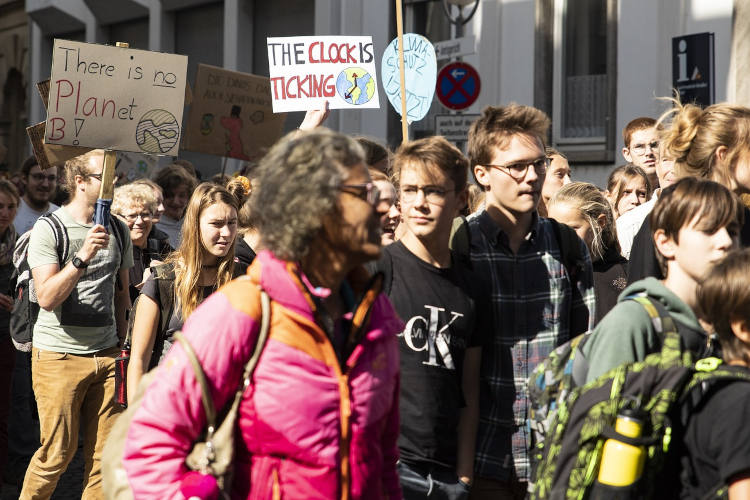
EU citizens can also make a significant contribution by limiting energy consumption, reducing meat consumption to only sustainably raised livestock, eating seasonal vegetables, using electric vehicles or public transportation, and properly disposing of waste. It is also crucial to choose quality products (from furniture to clothing) with sustainability certifications that do not require frequent replacements.
3. The energy transition
The energy transition is not just about choosing clean energy; it is something much broader that involves the entire system and ensures benefits not only for the climate but also for society. There are no valid objections to implementing this change: even jobs lost in one sector can open up new opportunities in a much more rewarding industry. Take electric mobility, for example: all those workers in traditional automotive industries can transition to companies producing electric vehicles.
3.1 The impact of electric mobility
A widespread adoption of electric mobility could make a significant contribution to the fight against climate change by significantly reducing greenhouse gas emissions in the atmosphere, especially in the transportation sector. The benefits are not only environmental: the use of electric vehicles would greatly improve air quality, providing significant health benefits to citizens, especially in highly polluted metropolitan areas.
As we have analyzed in previous articles, a widespread shift to e-mobility requires overcoming several challenges, foremost among them improving electric vehicle charging infrastructure.
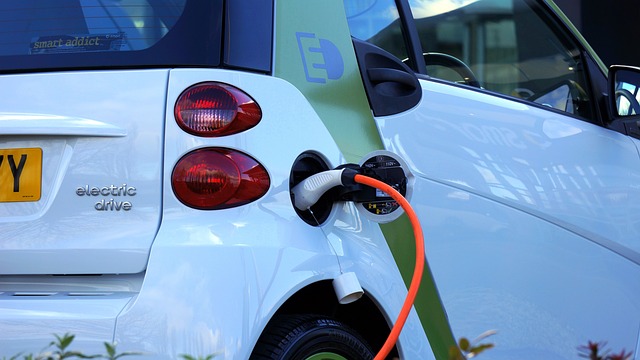
3.2 The role of the European Union
The European Union is a global leader in the fight against climate change and in promoting the energy transition:
- The European Green Deal is an ambitious plan to make Europe the first climate-neutral continent by 2050;
- The NextGenerationEU Recovery Plan is an investment strategy aimed at supporting the green and digital transition, with a specific focus on sustainable mobility;
- Regulations on vehicle emissions are becoming increasingly stringent to encourage the adoption of electric vehicles.
In addition, the EU provides both funding and technical support for projects related to energy transition and sustainable mobility, with Horizon Europe being particularly noteworthy in this regard. Horizon Europe, while not exclusively focused on the environment, emphasizes scientific research across all fields that can advance human progress and provide concrete solutions to the challenges of this millennium. It’s also important to mention the Just Transition Fund (JTF), which is a budgetary aid aimed at ensuring a fair energy transition for all countries, with a focus on those most affected.
4. Conclusions
Climate change is a global challenge that requires urgent and coordinated actions. Reducing greenhouse gas emissions through energy transition and promoting electric mobility are essential actions to mitigate the impacts of global warming. The European Union plays a leading role in this transition, thanks to ambitious policies, significant investments, and a strong commitment to sustainability. Responsible companies like De Angeli Prodotti are key players in the energy transition, and we invite you to visit our sustainability page to discover our daily commitment to a safer world for our children and future generations.
